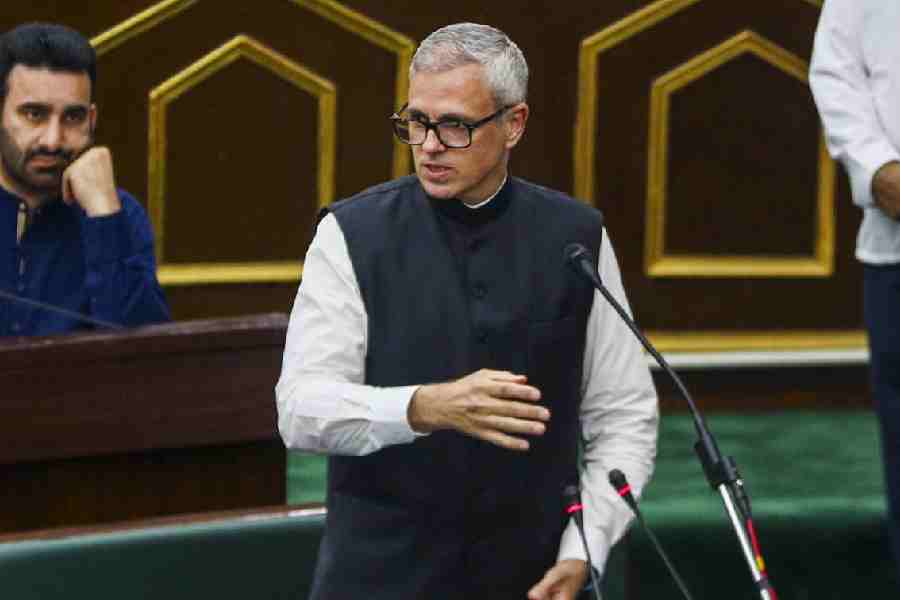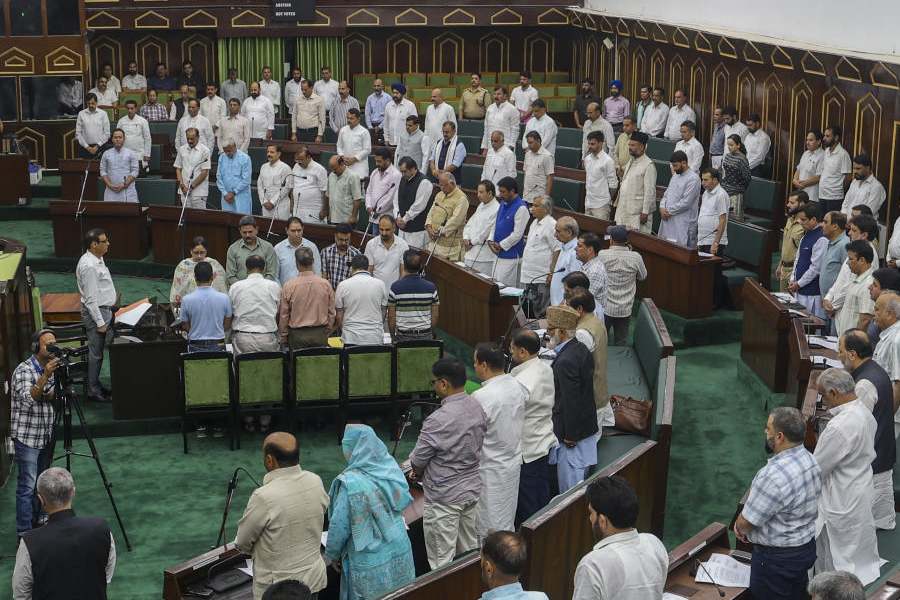The matriculation results in Odisha came out on the 28th of June. The immediate shock that this produced relates to the newspaper reports about six girls committing suicide and another girl dying of a heart attack. Alongside, a visible contrast relates to the CBSE results. As we are told, girls in Odisha faired better in the CBSE (Class X) exams than boys. Some 47.36 per cent girls (out of a total of 18,884) have secured above 75 per cent marks, whereas 41.92 per cent boys (out of a total of 26,685) have got marks above 75 per cent.
Statistics cannot, however, hide a sad truth. Thus, even here, the girl child is in a disadvantageous position if one goes by the number of girls who took the exams and passed pales into insignificance, in contrast to those of the opposite sex. This coexists with another ‘fact’ that one gathers from the newspapers that is of serious significance. Thus, when it comes to the Plus Two results of the Odisha board, girls have done better. This perhaps relates to the slightly better-off families, where sheer determination and will power have led to the daughters in the households clear this ‘trial by fire’.
What is rather unfortunate is that the so-called enlightened public opinion seems to be blissfully ignorant about the matter. This relative insensitivity is perhaps conditioned by the phenomenal increase in dowry-related murder/violence and the kerosene stove “accidents” to murder wives/daughters-in-law over the 1990s; and an unfavourable female: male population ratio (978 females per 1000 males, according to the 2011 Census; this was 981:1,000 in 1981), which make these suicides appear to be very insignificant. At the same time, the uneasy “calm” that has resulted because of the efforts to curb the violence against women by the legal process has complicated the issue. This has seen an increase in the number of women committing suicide over the last decade. It has also led to changes in the nature of dowry demands, with young men asking their future in-laws to register them as “heads” of several non-government organisations. One also witnesses visible shifts in the world of the adivasis — from bride-price to dowry.
Although one cannot ignore the world of statistics, they can be hopeless when it comes to explaining social realities. All these suicides have taken place in rural/semi-urban Odisha - in Bari, Binjharpur, Basudevpur, Kandhamal, Marshaghai, Digapahandi and Salepur. Two more girls, who consumed pesticide but have been fortunately saved, are from Soro and Kheranga. What is rather striking is that most of these girls are from among agriculturalist castes and low castes; one of them is a tribal girl; another from a Muslim family.
The matriculation exam was an acid test for most of them. It meant hard work, losing out a possible channel of adding to the meagre family income and sacrifices, along with the possibilities of imagining of a world virtually opening up. The shock that can result out of ‘failure’ needs to be perhaps seen in this context.
What is happening in Odisha is a part of a process that is visible in different parts of this diverse country of ours. It is for the first time that a generation of young people, whose ancestors had been excluded from the monopolised world of education, is knocking on the doors and attempting to enter this “privileged” world. Among these teeming millions we also have the doubly-exploited girl child. Their struggles and traumatic aspects of their life are veiled by the cloak of class, caste and patriarchal exploitation, which they have to negotiate in order to survive. To get attracted to education in such a context marks a qualitative break. It is worse than what Fakir Mohan’s Rebati had faced at the beginning of the twentieth century. After all, today’s neo-liberal order threatens to wipe out the poor. It is in this context that a girl child’s existence and the system of education needs to be located when it comes to the families of the poor. Areas such as education that seem to have been made accessible, even if for unintended reasons, are simultaneously designed to exclude the poor — but especially their daughters and sisters. Unfortunately, this cannot be quantified unlike India’s gross domestic product or the remarkable tools used to calculate poverty levels.
What is of course worrying relates to a report in a leading daily published from Bhubaneswar.
This goes on to express the views of an (un)enlightened “counsellor” who sees this phenomenon as a mere coincidence, and rejects the possibility of any gender bias in peer and family pressure leading to these incidents. He advises teachers and parents to counsel their wards.
One perhaps needs to look at this a bit more non-clinically in order to grapple with the existing educational system and the manner in which it impacts the education of children, including girls from poor social origins.
Most of the schools outside the few urban pockets run without many of their teachers. It is not relevant to discuss about the absence of luxuries such as classrooms and libraries in spaces for children, which rarely provide drinkable water and toilets. One reads frequently about problems related to the midday meal scheme. It is not uncommon to hear about school children being subjected to terrible forms of exploitation. These range from as domestics in the households of some corrupt teachers to sexual abuse. Added to this are areas in Odisha that have seen brutal riots that have targeted the Dalits and Christians, the wounds of which have left their distinct marks on schoolchildren. It is no point talking about the way girls “manage” their life in schools wearing clothes, even after they have outgrown them, till they pass out. The prejudices associated with caste discrimination haunts many of the school students.
These problems one has highlighted can, at best, can be regarded as the tip of the proverbial iceberg. Although he does not articulate, the (un)enlightened counsellor seems to suggest the problem of the school girls committing suicides could be resolved through proper counselling. Even if we accept this point, one can perhaps end by advising him to get some counselling. After all, we are talking about some areas where schools would not know the meaning of the word “counsellor” for many years to come.











